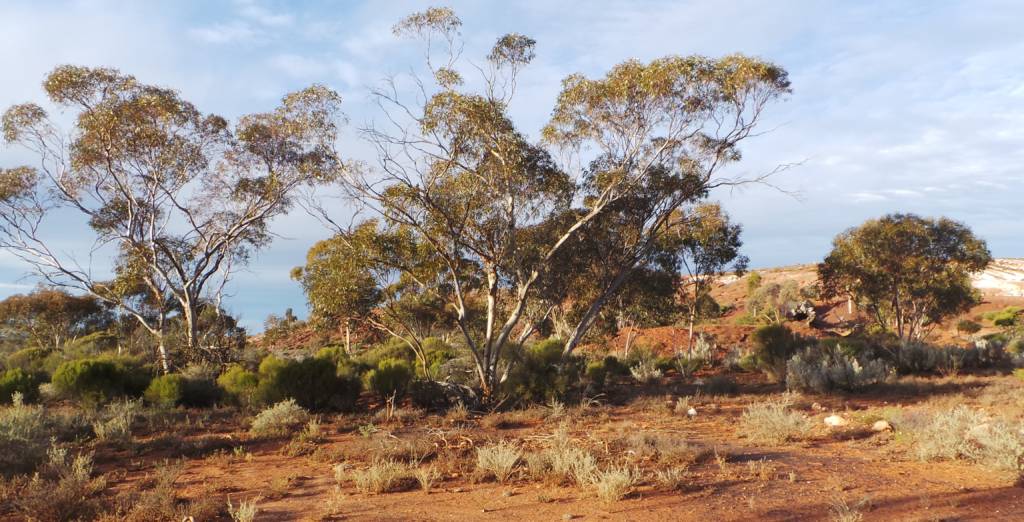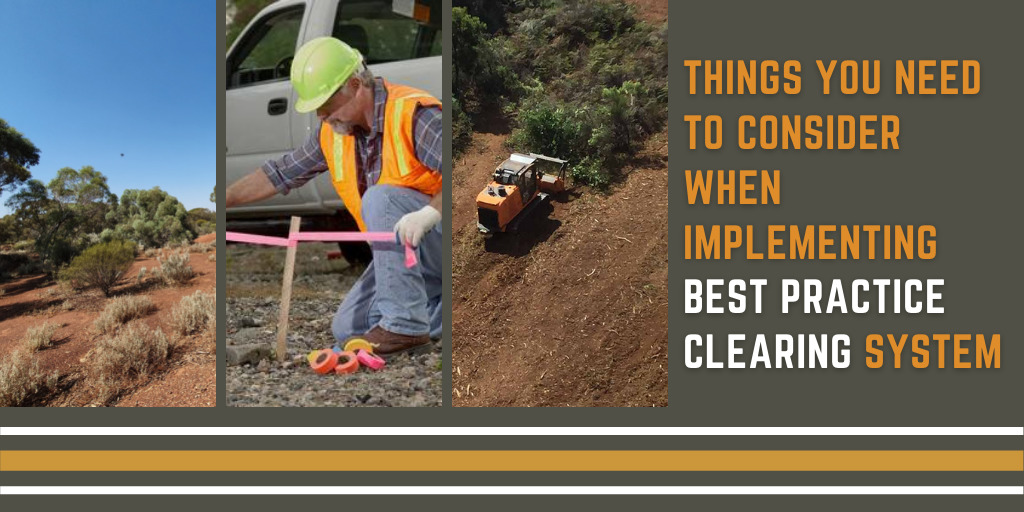Dependent on the jurisdiction, native vegetation clearing activities most often require approval prior to the action occurring. Gaining formal approval to clear native vegetation can be a key milestone for projects and other developments; however, there are many considerations relating to clearing and vegetation management that follow, including ‘how can native vegetation clearing be implemented in a responsible manner?’. Several approaches and tools can be used by site managers and environmental practitioners on the ground to ensure that the clearing activities occur responsibly.
Before Clearing Commences
As part of the environmental assessment of clearing activities, biological surveys are likely to have been completed. These surveys are paramount in providing a clear environmental context and highlighting areas of environmental value, such as:
- Fauna habitats and habitat features eg. Cockatoo trees or Bilby burrows;
- Threatened and Priority flora;
- Threatened and Priority ecological communities; and
- Aboriginal heritage values.

This information can, and should, be used to refine and minimise the clearing boundary, avoiding these values where possible to do so.
Before commencing clearing, a best practice clearing system would:
1. Demarcate Clearing Boundaries
Biological surveys can also assist in demarcating the clearing boundary. This is a crucial step prior to clearing occurring. The biological survey information can be important to flag or mark out areas that should not be cleared. Demarcating the clearing boundary and no-go areas should be completed by an environmental specialist or someone familiar with the project and the approval. Clearing boundaries can be demarcated with flagging tape tied at eye level along the length of the boundary and should be walked and marked out using an accurate GPS. Where accuracy is a key factor, clearing boundaries should be marked out with the assistance of a surveyor or uploaded into onboard GPS of all equipment involved in the clearing. It’s recommended to confirm which flagging tape colours will be used on the project and what these colours mean, but, as a general rule, pink flagging type is often used for clearing boundaries.
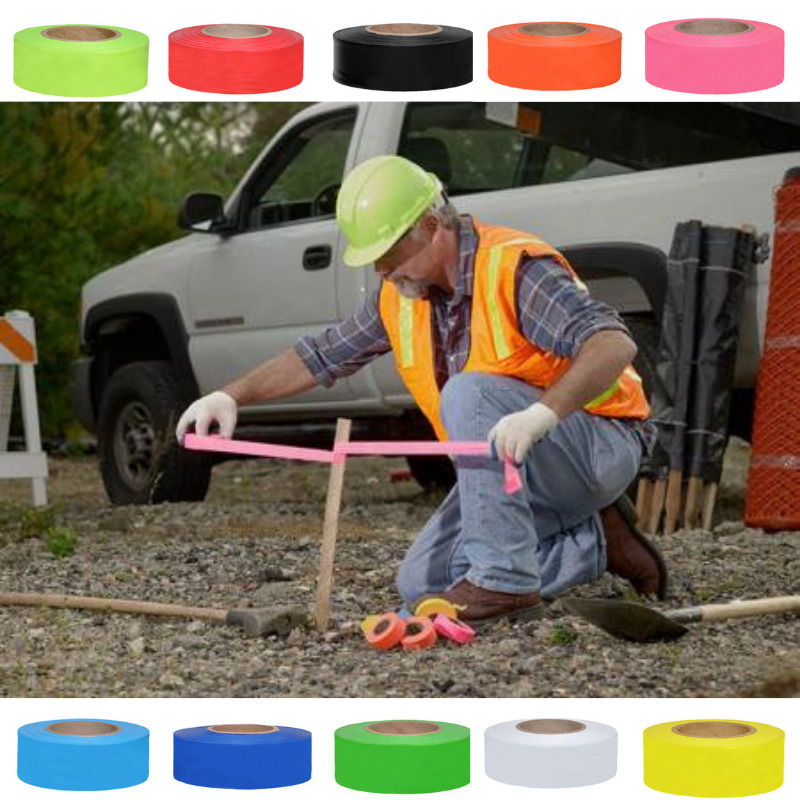
It may also be useful to take pictures of the clearing boundary and record the date that clearing boundaries were marked out.
2. Training and Inductions
Working with experienced operators can be the difference between compliance and non-compliance. Operators should be trained in the use of the on-site procedures and equipment and experienced in the task at hand.
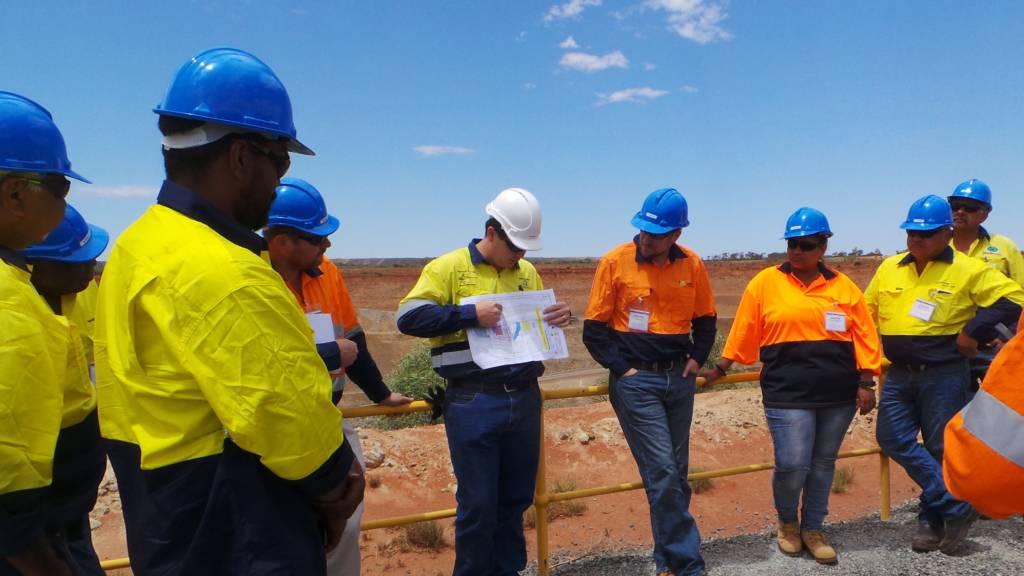
Prior to clearing occurring, all personnel, staff and contractors, should be aware of the site-specific protocols particularly if there are any ‘unusual’ compliance requirements, the demarcation system and how it works. An effective way to communicate these is through the induction process undertaken by all personnel. This has the added benefit of recording that staff and contractors have completed training and should be aware of any requirements.
3. Walk and Talk with the Operator/s
Once the clearing boundary has been demarcated, a discussion on the proposed clearing with the operator/s who will be completing the actual clearing work is recommended. This is a good way to build relationships, discuss general practices for clearing and highlight environmental values to get buy-in. This could include:
- Generating and printing maps for discussion;
- Walking the full extent of the clearing boundary with the operator/s;
- Discussing environmental values including no-go areas and outlining why they are important;
- Discussing any compliance requirements and outlining why we need to complete certain activities;
- Highlighting key locations such as where topsoil will be stockpiled or where equipment can be safely parked at the end of the day.
4. Pre-clearance Checks
Pre-clearance checks may be a requirement based on the permit or approval to clear native vegetation; however, even when these are not compliance requirements, pre-clearance checks are a good idea and worthwhile. These may include:
- Trapping for fauna species to be relocated;
- Checking of hollows and relocating fauna as needed;
- Checking or walking clearing areas for priority or threatened flora;
- Identifying salvageable items such as sandalwood or tree hollows that can be harvested and used elsewhere as artificial hollows.
During Clearing Activities
During clearing activities, the following actions can ensure clearing is undertaken in a responsible manner:
A. Monitors
Having an on-site presence can be beneficial to ensure environmental and heritage values are at the forefront during clearing activities. Under some agreements or approvals, it may be necessary to have cultural monitors on-site during clearing activities to check for heritage values that may be identified during the works. Having an environmental specialist involved and on-site during clearing can be beneficial should animals be encountered during works or respond to questions about the areas which are being cleared.
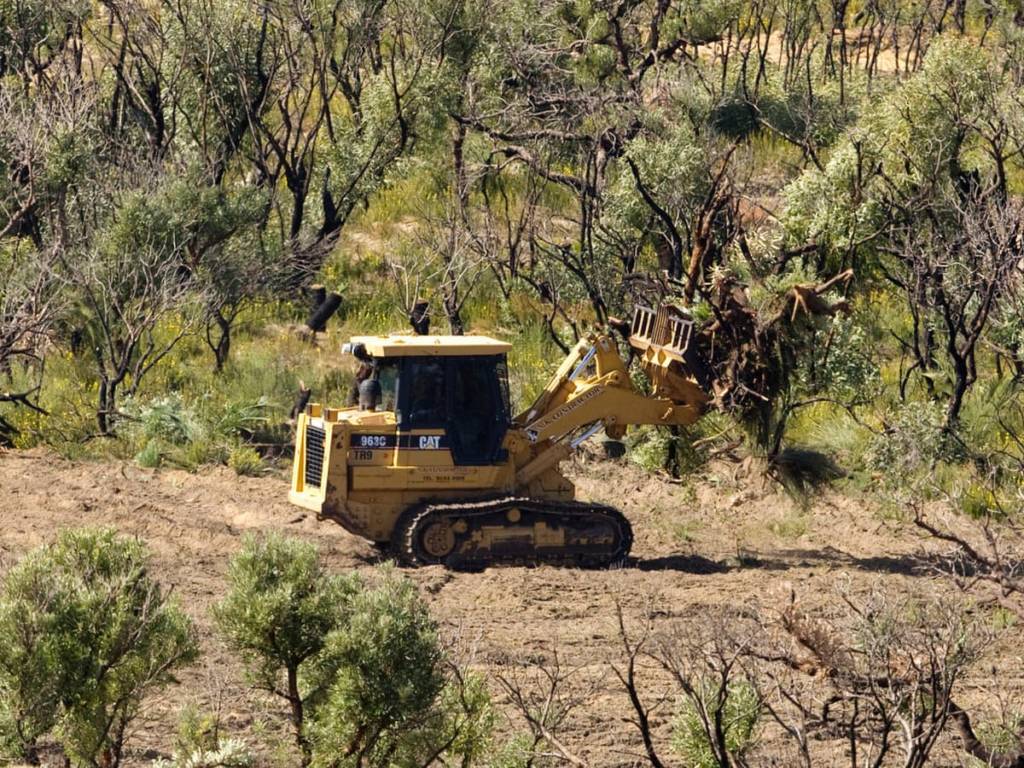
B. Toolbox Talks
Another way to maintain good relationships with operators and ensure that vegetation and clearing management remain at the forefront is through toolbox talks. These can be short ‘refreshers’ on information covered in the induction process or can be more of an informal chat around a topic.
Post Clearing
The work does not stop once the clearing has been completed. Post clearing the following actions should be completed to meet compliance requirements; however, good practise would dictate that these actions are completed even when they are not directly linked to compliance.
- Walk the cleared boundary and pick up the actual area cleared with a GPS or assistance from a surveyor or even a drone;
- Inspect topsoil stockpiles and ensure these are labelled clearly;
- Record the date that clearing occurred and the area cleared;
- Record the vegetation type that has been cleared;
- Maintain a clearing register and update the register as soon as possible after clearing has occurred;
- Review the area cleared against that which has been approved.

The team at Integrate Sustainability have a wealth of experience in environmental approvals and management. They can provide assistance and advice in applications to clear native vegetation, the development of native vegetation management plans, clearing procedures and data management. Please contact us to discuss your individual project needs and how we may be able to assist via email at enquiries@integratesustainability.com.au or phone (08) 9468 0338.
